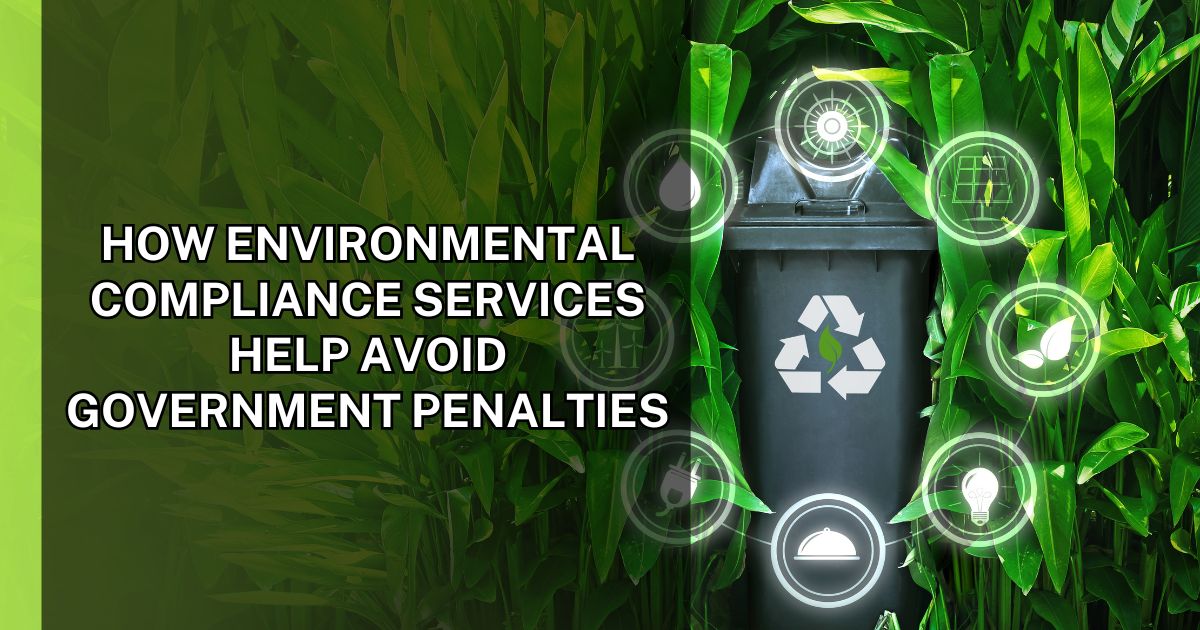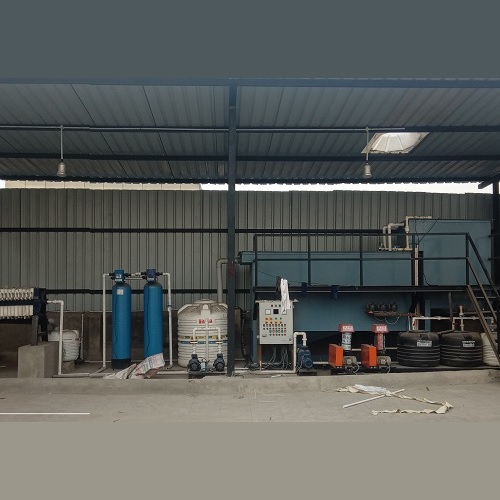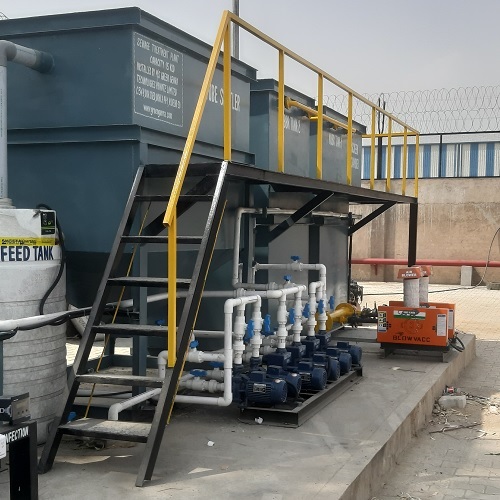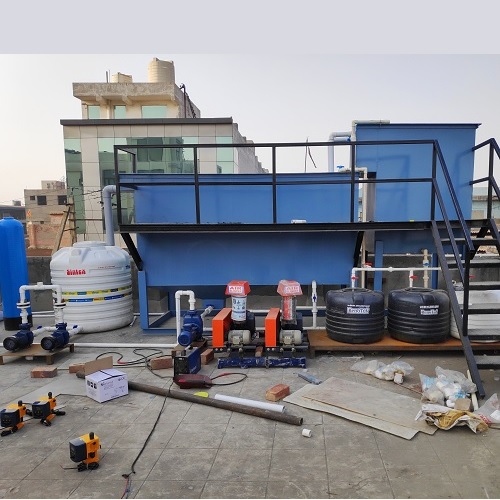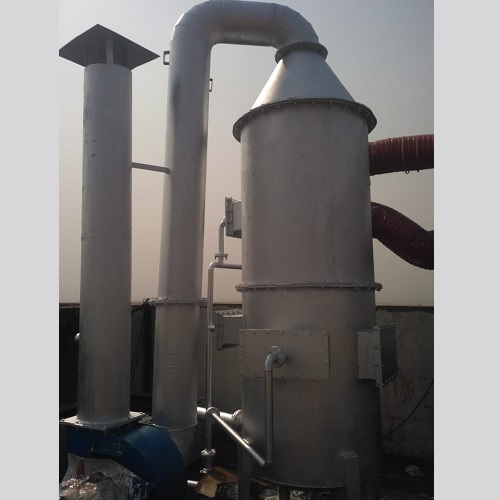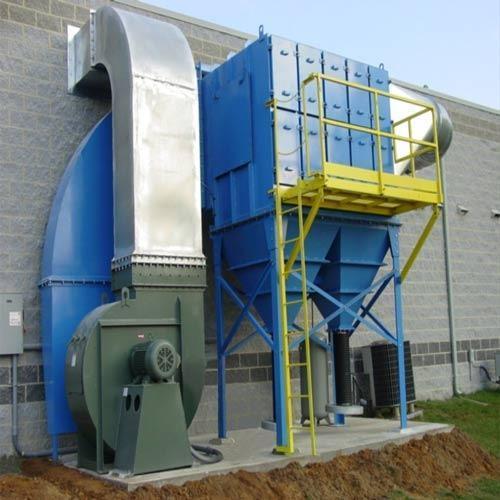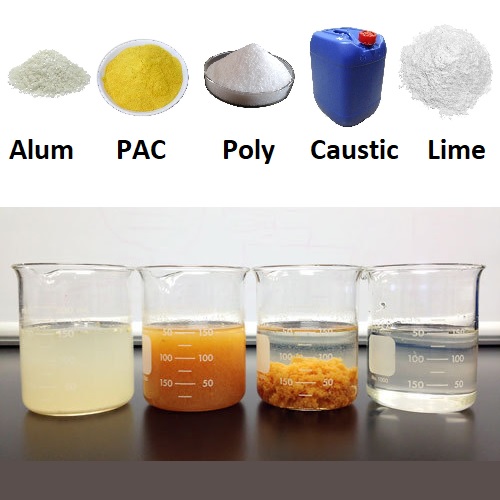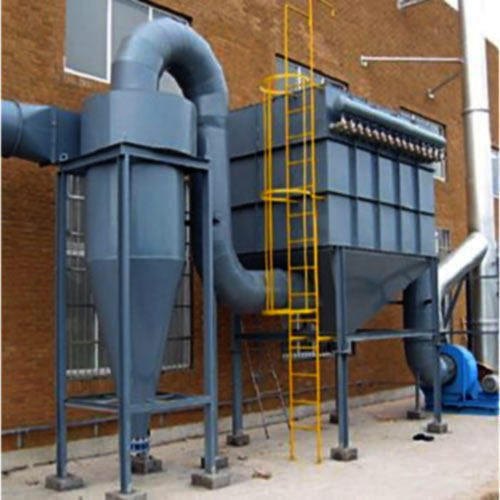Water Expo 2025 in New Delhi 28-30 August 2025 | Pragati Maidan, New Delhi India 20th Everything About Water Expo 2025 ...
Air pollution drops in India courtesy COVID-19
Air pollution levels have dropped significantly in India owing to the nationwide lockdown imposed in the wake of the Novel Coronavirus outbreak. The country has seen a massive dip in vehicular movement and industrial activity, which have resulted in clean and fresh air perhaps in decades.
NASA satellite sensors have observed aerosol levels at a 20-year low for this time of the year in parts of northern India. Aerosols are tiny solid and liquid particles suspended in the air that reduce visibility and can cause damage to human lungs and heart. Around this time every year, aerosols from anthropogenic sources add to air pollution levels in several Indian cities.
“We knew we would see changes in atmospheric composition in many places during the lockdown. But I have never seen aerosol values so low in the Indo-Gangetic plain at this time of year,” Pawan Gupta, a Universities Space Research Association (USRA) scientist at NASA’s Marshall Space Flight Center, was quoted as saying.
Breathing freely
India’s Central Pollution Control Board (CPCB) too has recently reported an improvement in air quality in the country. CPCB data suggests a nearly 71% fall in nitrogen dioxide levels.Several major cities— New Delhi, Kolkata, Mumbai, Bengaluru and Chennai — have witnessed a fall in the Air Quality Index (AQI). For instance, in New Delhi’s Anand Vihar, often acknowledged to be one of the most polluted areas of the capital city, AQI was recorded 65 on April 22 at 5pm. Last year, the index had crossed the 400 mark on several occasions and mostly stayed high.
The National Green Tribunal (NGT), India’s environment watchdog, has also confirmed that the nationwide lockdown has improved the air quality. “The major sectors contributing to air pollution are transport, industries, power plants, construction activities, biomass burning, road dust resuspension and residential activities. In addition, certain activities such as operation of DG sets, restaurant, landfill fires, etc. also contribute to air pollution,” said NGT in an official statement to an Indian news agency.
What’s changed
According to NASA scientists, in a typical early spring in the Ganges Valley of northern India, human activities along with high vehicular movement and industrial operations are responsible for the majority of aerosols. The phenomenon hurts urban areas a lot more than rural pockets. However, the latter also has a sizable share in enhancing pollution — by releasing smoke rich in black carbon and organic carbon from cooking, and periodic stubble burning.
The lockdown in the wake of the COVId-19 pandemic has ensured that most of these activities have been halted, resulting in clean and fresh air. While scientists expect aerosol levels to increase slightly in the upcoming weeks in parts of India as seasonal dust storms begin, we must not lose the only positive that can be extracted out of this ongoing crises.
Source: Geospatial World

































Understanding Grease Traps: What are they, and why are they essential? Grease Traps, also known as grease interceptors, ar...
As India tackles pollution, waste management and climate change, the environmental regulations are becoming increasingly stri...
Are you planning to install ETP (Effluent Treatment Plant) or STP (Sewage Treatment Plant) in India? If so, understand the di...
Ghaziabad has witnessed an increase in several industries in the past few years. The continuously rising population and a gro...
Effluent Treatment Plant (ETP) from reliable ETP Plant Manufacturers play a key role in reducing industrial pollution by trea...
With the increasing levels of water contamination in Ghaziabad because of growing industries and a growing population, wastew...


